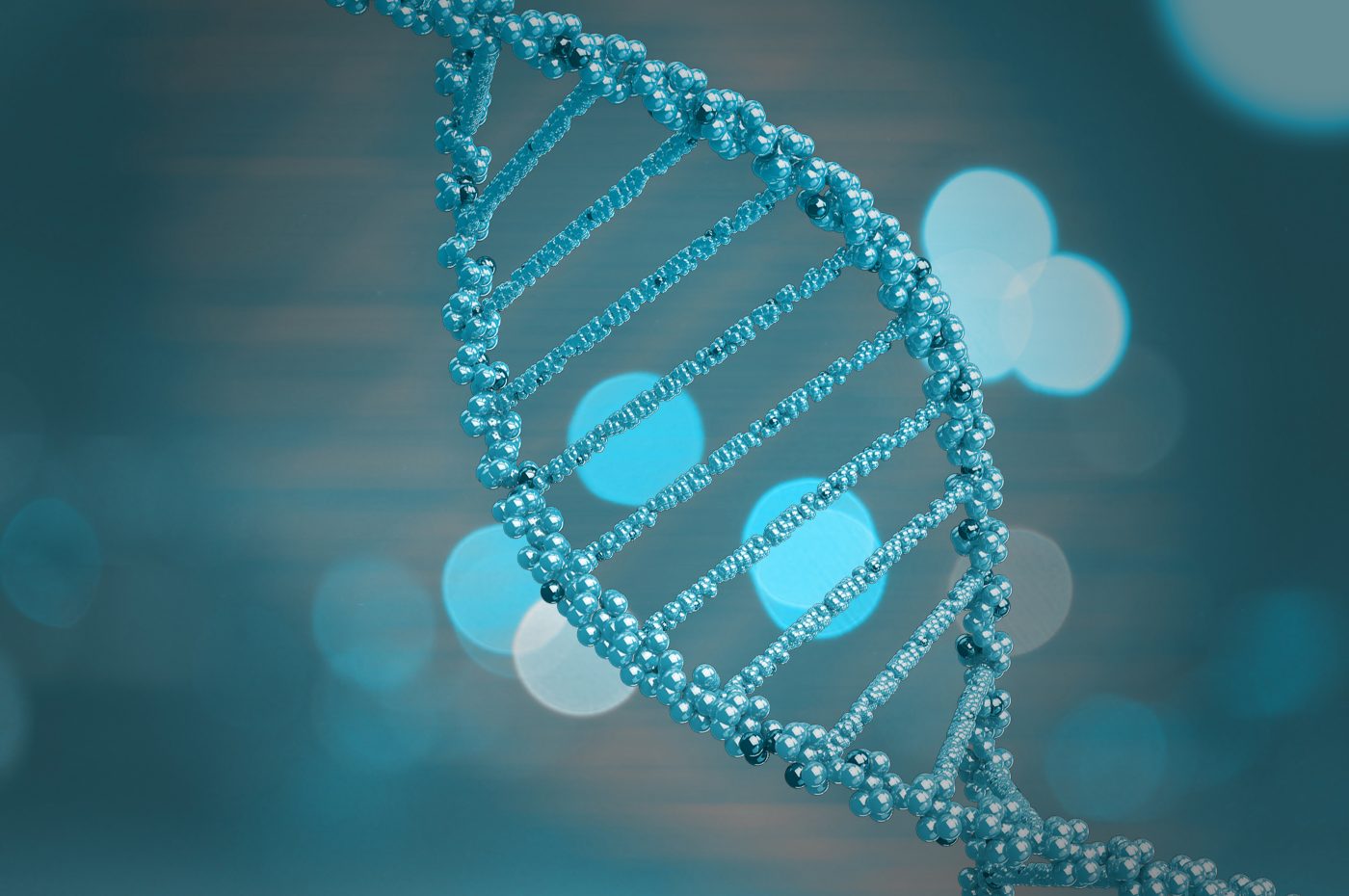Earlier Parkinson’s Onset and Dystonia Symptoms Seen in GCH1 Mutations in Study

Earlier disease onset and involuntary foot muscle contractions may be a consequence of mutations in the GCH1 gene in both Parkinson’s patients and those with dopa-responsive dystonia (DRD), a study reports.
These mutations may also explain the lack of problems found with the autonomic nervous system — which controls organs not under conscious control, such as the heart, stomach, and intestines — and stable cognitive health of this patient population.
The study, “GCH1 mutations in dopa-responsive dystonia and Parkinson’s disease,” published in the Journal of Neurology.
DRD is a form of dystonia, or abnormal muscle tone, that typically responds well to sustained use of levodopa, a Parkinson’s treatment. This dystonia usually manifests itself in childhood and is most commonly caused by mutations in the GCH1 gene.
Familial Parkinson’s disease, found in about 15% of all cases — is usually linked to mutations in the LRRK2, PARK7, PINK1, PRKN, or SNCA gene.
GCH1 provides instructions to make an enzyme called GTP cyclohydrolase. This enzyme is involved in the production of certain molecules that — a low or deficient levels — limit the synthesis of the neurotransmitter dopamine.
Loss of dopamine-producing neurons in a brain area called the substantia nigra and low levels of this neurotransmitter are hallmarks of Parkinson’s disease
Studies have shown a link between DRD and Parkinson’s: symptoms of DRD and parkinsonism overlap, and more than one-third of DRD patients have a family history of Parkinson’s disease.
Mutations in the GCH1 gene are also a Parkinson’s risk factor, and may be implicated in the mechanisms common to both diseases. This could explain the link between the two.
Discuss the latest research in the Parkinson’s News Today forum!
Researchers screened 294 patients — 268 with Parkinson’s and 26 with DRD — for GCH1 mutations and to determine if such mutations resulted in different clinical symptoms from those common to Parkinson’s and dopa-responsive dystonia patients.
Besides genetic analysis, the study involved brain magnetic resonance imaging scans, assessments of dopamine transporter (DAT) in the striatum — a brain area critical in the control of movement — and metaiodobenzylguanidine (MIBG) myocardiac scintigraphy scans, used to determine problems in the autonomic nervous system of patients with Parkinson’s-related disorders.
Fifteen patients, 14 of them women, had heterozygous mutations in the GCH1 gene — or mutations in only one of the two gene copies. Five were Parkinson’s patients, and 10 had DRD. (We carry two copies of every gene in our body, one inherited from the mother the other one from the father.)
These mutations occurred in probands — the first patient in a family diagnosed with a genetic disease — from seven families and in five sporadic, or non-familial, cases.
The prevalence of GCH1 mutations in probands was higher in DRD patients (26.9%) than in Parkinson’s patients (1.9%). In this population, DRD symptoms were also evident at an earlier age (16.5 years old) than Parkinson’s were (35.4 years old). But DRD has a known tendency to manifest at even earlier ages, while Parkinson’s symptoms typically become evident at later ages than was seen here.
Dystonia was a common symptom, with four of the five Parkinson’s patients and seven of the 10 with DRD having foot dystonia. But rates of tremor, rigidity, gait disturbance and sleep issues were different in the two groups.
Dysautonomia — problems with the workings of the autonomic nervous system — psychosis, and cognitive decline were uncommon in both groups, Parkinson’s and DRD patients. However, these complications are frequent in patients with mutations in a different gene, the PRKN gene, and linked to the inherited juvenile form of Parkinson’s disease (occurring in those younger than 50 years of age).
“To our knowledge, there are no reports about dysautonomia in patients with GCH1 mutations,” the researchers wrote. “Therefore, the low prevalence of dysautonomia seems to be a key factor for distinguishing patients with GCH1 mutations from those with the common type of [Parkinson’s].”
All patients had an excellent response to levodopa. “The prognoses of juvenile and young-onset PD and DRD are remarkably good because of the excellent response to levodopa. Therefore, we emphasize the importance of initiating genetic screening and low-dose levodopa treatment at an early stage,” they added.
All of the DRD patients and three of the five with Parkinson’s had normal heart-to-mediastinum ratio, which reflects sympathetic activity in the heart and is used to evaluate people with heart failure.
Five of the six DRD patent and three of four with Parkinson’s also had normal dopamine transporter levels. This contrasts with previous studies, reporting that dopamine transporter density is unusually low in Parkinson’s patents. The researchers attributed this discrepancy to possible compensatory activity in patients with GCH1 mutations.
“GCH1 mutations induce the distinctive symptoms among young or middle age at onset PD and DRD. Our findings warrant further studies for clarifying the differences between PD and DRD with or without GCH1 mutations,” they concluded.






